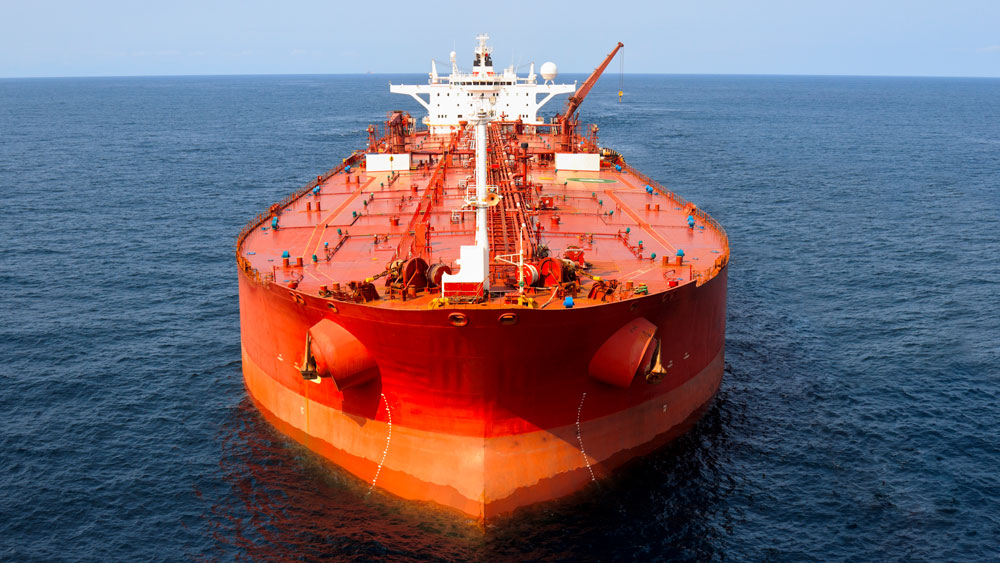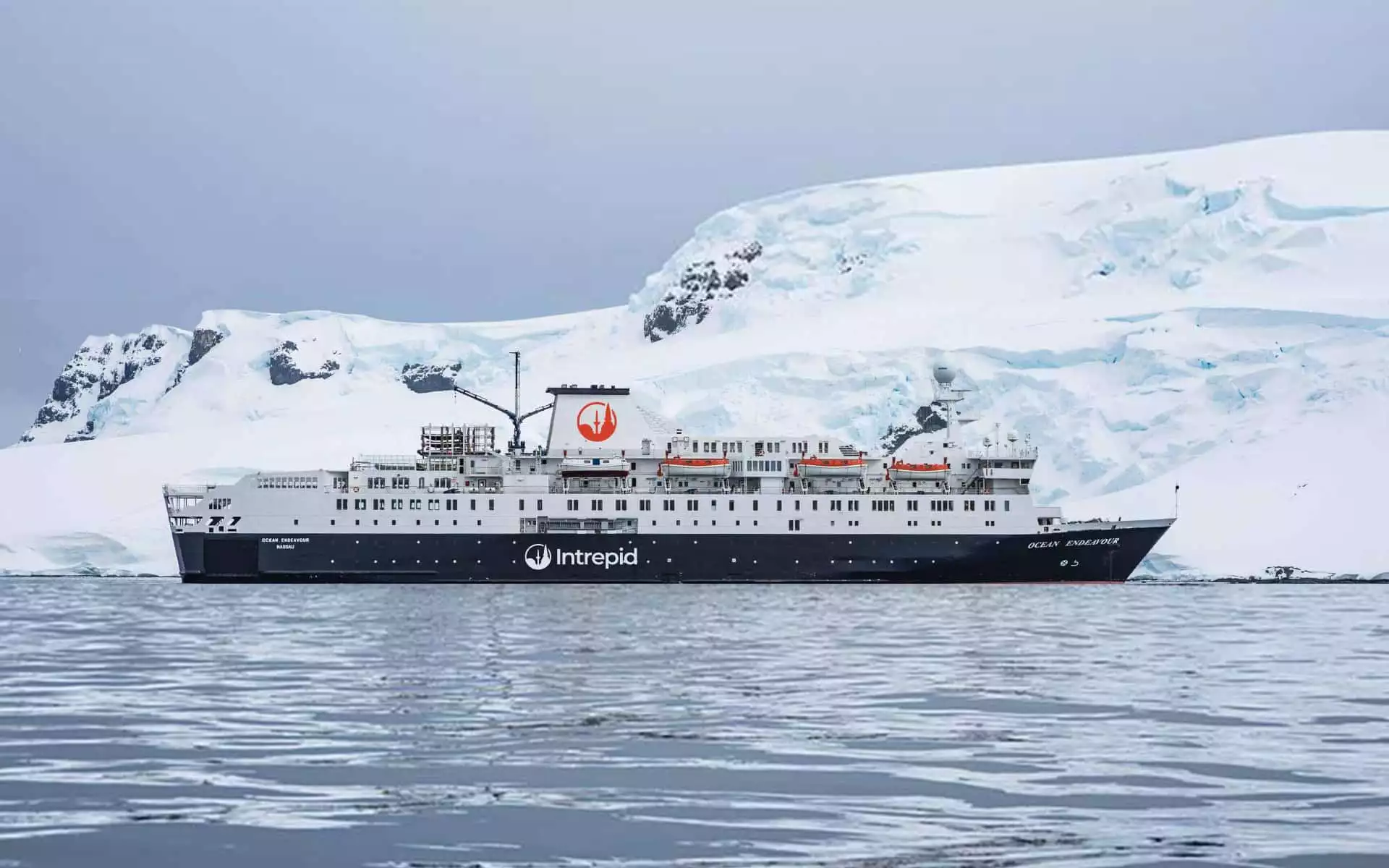Table Of Content
The wide hull design of many cruise ships helps to disperse the weight across a larger surface area, providing more upward force to keep the ship afloat. In summary, a cruise ship floats because of the principle of buoyancy. The weight of the water displaced by the ship creates an upward force that counteracts the downward force of the ship’s weight, allowing the ship to float. This principle is based on Archimedes’ principle, which states that the buoyant force acting on an object is equal to the weight of the fluid displaced by the object. To achieve this balance, cruise ships are built with a hollow hull that is less dense than the amount of water it displaces. The ship's weight is then spread over a large surface area, including a wide hull, which creates more upward force and keeps the ship afloat.
Why Do Cruise Ships Float When They’re Actually Really Massive?
The most commonly used material for building a cruise ship is steel. Steel is a strong and durable material that can withstand the harsh conditions of the sea. It is also relatively lightweight, making it an ideal material for building a cruise ship. Cruise ships were created with not only physics in mind, but also with how to make the ship more durable.
Who Makes the Best Boat Covers: A Comprehensive Guide
As a Sailor on one of our cruises, there’s some stuff we don’t want you to worry about. And we certainly don’t want our Sailors to be preoccupied wondering, “how do cruise ships work? ” Our engineers worry about these things so you don’t have to. These are interesting questions, even for the non-mechanically inclined. The water a cruise ship displaces becomes the waves and wash it creates as it moves along.
Come aboard our adults-only cruises for a kids-free getaway at sea.
Additionally, a ship with a lower density will displace more water and experience a greater buoyant force, making it easier to float. The watertight divider is installed through the ship’s interior. It can be closed to prevent water from rushing in if the hull is damaged. Limiting the inflow of water prevents cruise ships from sinking and flooding. This is used to build vessels containing double hulls (one hull is located inside the other) to provide additional protection. Vessels also have bulkheads helping them float in case the cruise ship receives major damage.
Gravity exerts a downward force on the object (its weight), which is determined by the object’s mass. So if the force exerted downward on the object by gravity is less than the buoyant force, the object will float. The ship’s sinking only occurs because the air in place is forced out and replaced with water. This means that the vessel is no longer buoyant enough to stay afloat and cannot displace its weight.
What is the Draft of a Cruise Ship? (and Why Does it Matter?)
Overall, the buoyancy principle and the design of the ship’s hull are the key factors that enable cruise ships to float. As you delve deeper into the fascinating world of cruise ships, you will discover many more interesting facts about these impressive vessels. If you look at the hull of a cruise ship, you will see that the displacement hull has round edges to minimize drag and make it move smoothly on the water, increasing the vessel’s stability. The passengers get a smooth ride as cruise ships rarely rock or sway as they move.
Juneau Takes Steps to Limit Cruise Ship Passengers
If a one cubic centimeter block of lead is placed in a container of water, the amount of water displaced will equal the weight of the block of lead. To certify the heavy ship stays buoyant architects employ many designs that help counter gravity and displace as much water as possible. It will tend to roll over and capsize if it loses its balance, or the wind changes direction suddenly. If you are on board when this happens, your best bet is to get out of the way as quickly as possible.

How Cruise Ships Stay Afloat: Design Secrets!
This force is always directed upwards, towards the surface of the water. If the weight of the ship is greater than the buoyant force acting on it, the ship will sink. If the weight of the ship is less than the buoyant force acting on it, the ship will float.
The world's largest cruise ship boasts 21 restaurants, 14 bars, three water slides, a mini golf course, and more, all contributing to the 236,857 tons it weighs. The maritime pilots will be experts in the depths and conditions of the dock’s waters, helping the cruise ship to avoid any higher surfaces of rock or mud, etc. To understand this concept, fill a glass of water right to the top. If you place an object into the water, some water will be displaced and fall over the sides of the glass. The same thing happens in the sea, the water is pushed to either side of the ship, it’s displaced.
The chance of a cruise ship ever capsizing is incredibly small. The autopilot system uses electronic signals to control the rudder of the vessel. They can help the vessel keep a steady course without any other external forces acting on the vessel which could lead to a change in course. They are the most common stabilization systems used on most vessels and are effective at all speeds. Also, they do not require much maintenance as they are fixed structures.
Most cruise ships also have bilge keels which also assist to limit the amount of roll. These are long, metal fins that are welded along each side of the ship. I have a table with the drafts of many cruise ships in this article, so you can compare them.

When these ballast tanks fill up with water, the ship sinks until the tank empties again. If you’ve ever seen a boat bobbing around in the ocean, chances are it was a buoyant ship. Cruise ships are a marvel of modern engineering, with their ability to stay afloat and remain stable in the face of rough seas. As someone who loves the freedom of the open ocean, I’ve always been fascinated by the design secrets that make it all possible. As you can see, there are several design factors that come into play in allowing even the largest of cruise ships.
REVEALED: How do cruise ships stay afloat? Mind-blowing phenomenon of ocean giants - Express
REVEALED: How do cruise ships stay afloat? Mind-blowing phenomenon of ocean giants.
Posted: Mon, 17 Jul 2017 07:00:00 GMT [source]
It is one of the largest cruise lines in the world and has a fleet of 24 ships. The ships are known for their innovative designs and features, such as rock climbing walls, ice skating rinks, and surf simulators. Royal Caribbean International is also known for its commitment to sustainability, with a focus on reducing its environmental impact. No matter how massive a cruise ship might look on the outside, you can rest assured that inside and out, it can weather almost all of the worst conditions at sea.
The volume of water being displaced by the object is tiny in comparison to the mass of water in the container, which allows it to float. Cruise ships work using this physics-based theory – only on a much larger scale. Cruise ships must be able to withstand the weight of the ship, the crew, luggage, supplies and passengers. While this might seem like a lot, it’s nothing compared to the mass of water in the world. Cruise ships can displace the equivalent amount of water to their mass when they put pressure on the ocean, which pushes the ship upwards. As a cruise ship floats on the water, safety is of utmost importance.
(For context, consider that the Titanic weighed around 58,000 tons.) That’s a lot more room for pools, lodging, entertainment and even hidden cruise ship features. This includes stabilizing fins located below water and an active ballast tanks/anti-heeling system. An anti-heeling system rapidly pumps the sea water located below the waterline into holding tanks found on one side to the other.
These waves can cause the ship to pitch and roll more than usual. To counteract this motion, cruise ships are equipped with stabilizers. They work by creating resistance against the water, which helps to reduce the ship’s motion.




